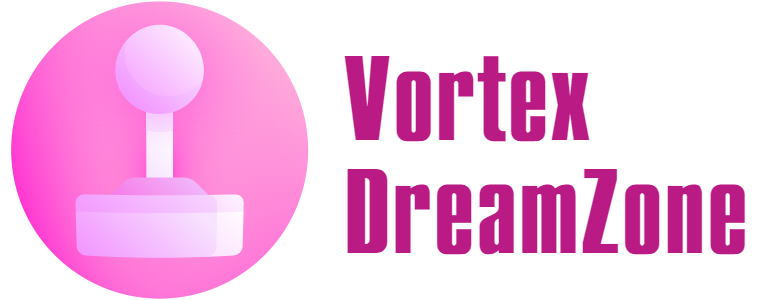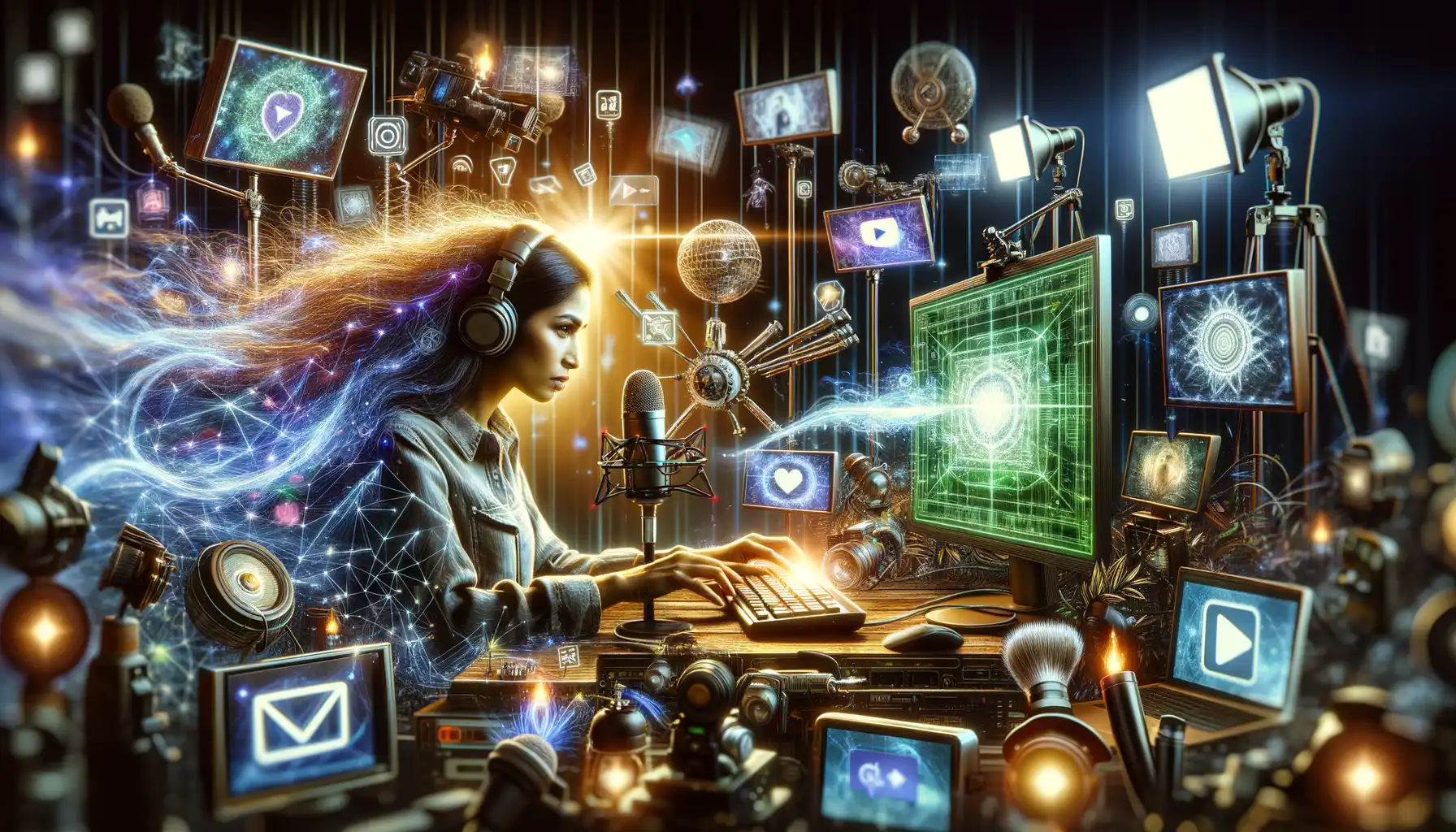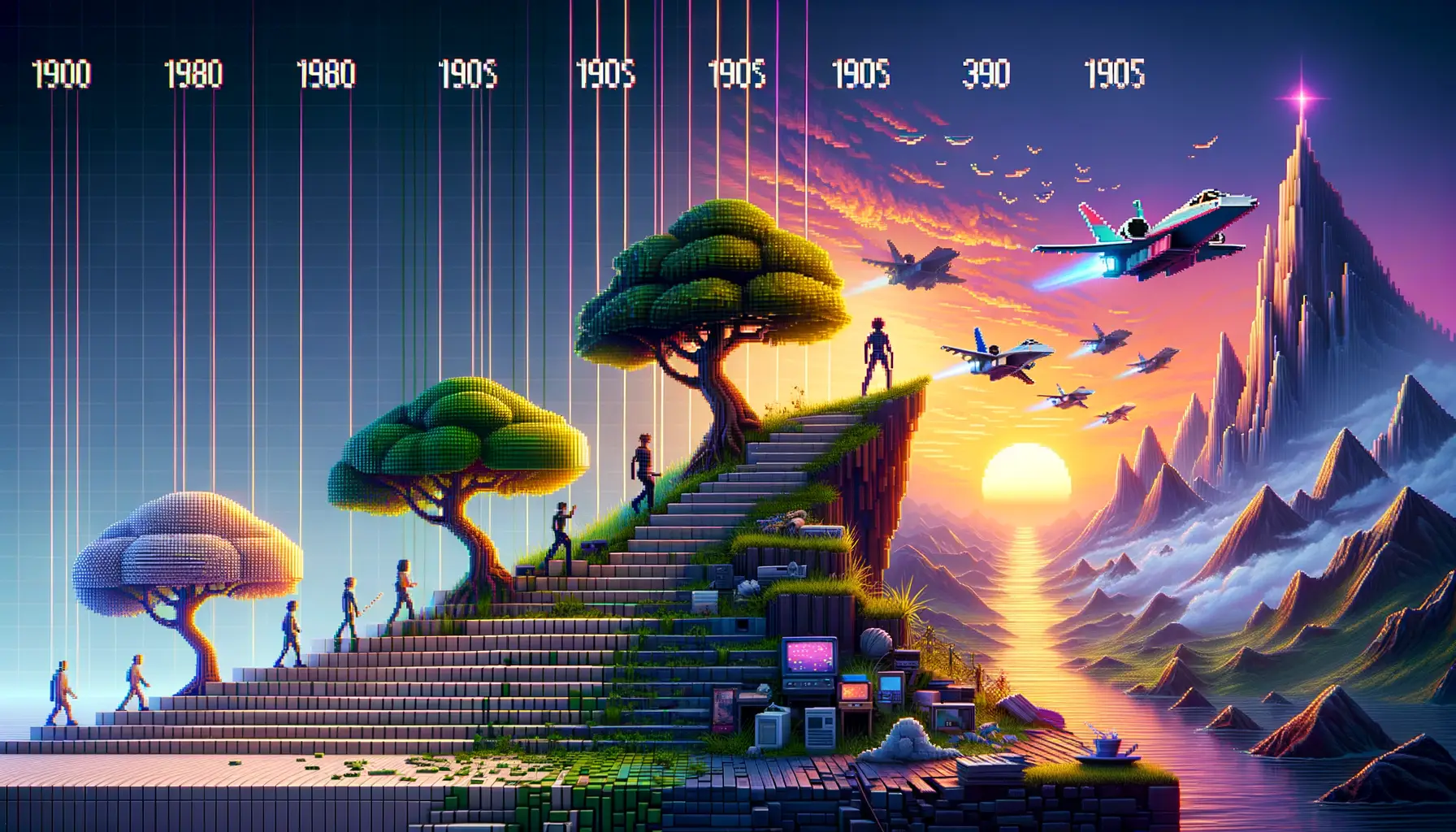Understanding the Importance of PC Optimization for Online Gaming
Why Your PC’s Performance is the Backbone of Your Gaming Experience
Picture this: you’re deep in the heart of battle, every decision razor-sharp, your squad relying on split-second precision. Then—bam!—your screen stutters, a lag spike throws your timing off, and you lose the fight. Sounds like a nightmare, right? This is why optimizing your PC for gaming isn’t just important; it’s *absolutely essential*.
Online gaming demands a lot from your machine. From maintaining lightning-fast reaction times to rendering jaw-dropping visuals, your PC carries the weight of these expectations. A poorly optimized system isn’t just slower—it becomes your Achilles’ heel. Think about it: what good are high-tier weapons or elite strategies if your frame rate can’t keep up?
Not convinced yet? Here’s how poor optimization can ruin your gaming mojo:
- Lag and stuttering: Even a tiny delay could mean the difference between victory and defeat.
- Dropped connections: Outdated settings can strain your network, throwing you out of multiplayer matches.
- Overheating hardware: No one wants their PC to sound like a jet engine or, worse, crash mid-session.
Your PC should be more than a machine—it should feel like an extension of you. That starts with keeping it running at its absolute best.
Step-by-Step Guide to Enhance PC Performance for Gaming
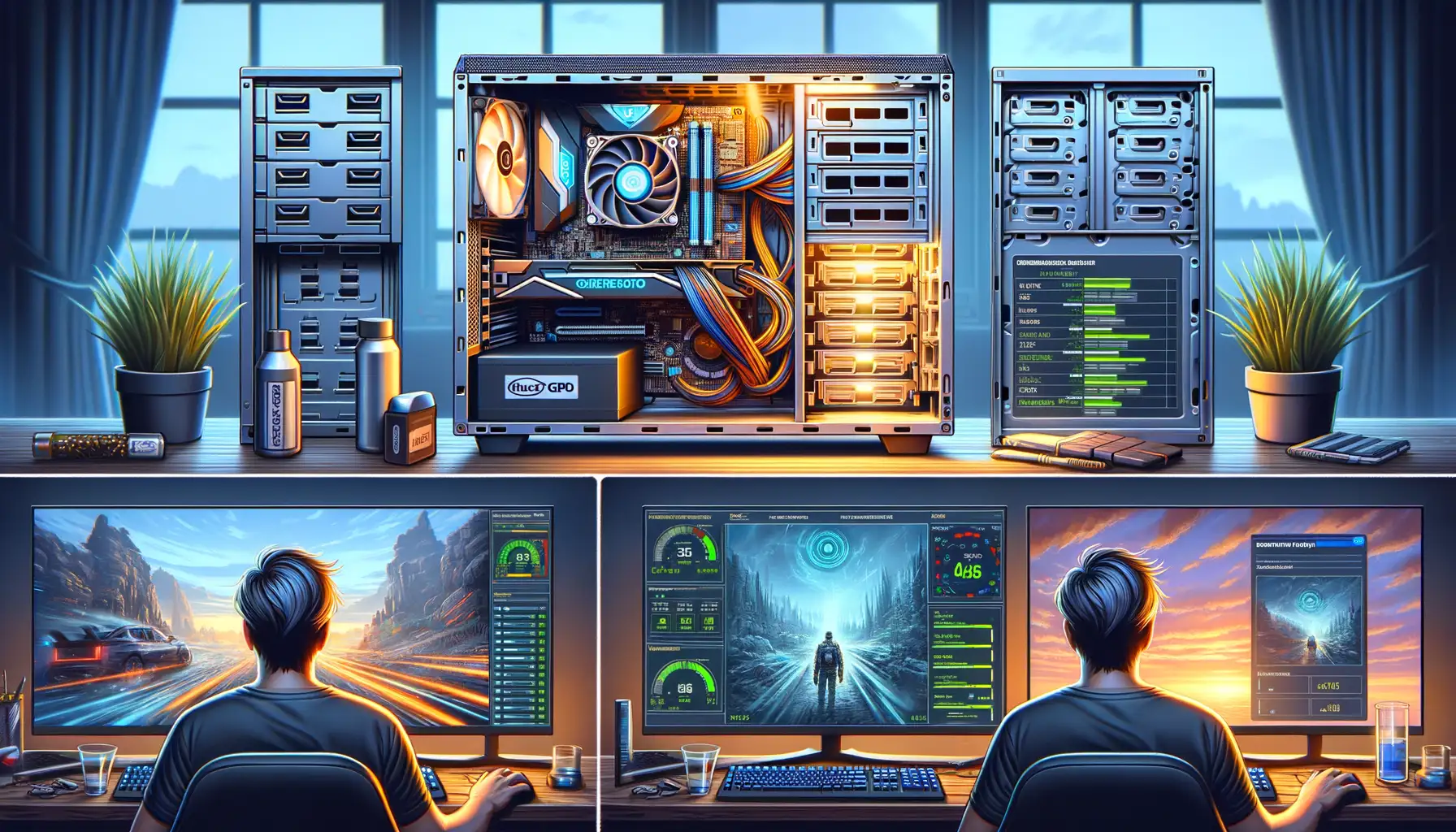
Unleash the Full Power of Your PC
Gamers, we’ve all been there—your crew is ambushing an enemy in your favorite battle royale, and suddenly, your screen lags like it’s stuck in a time loop. Frustrating, right? Well, don’t worry! Optimizing your PC for gaming isn’t rocket science. Think of it as fine-tuning a race car before the big event—a few tweaks here, a little polish there, and bam, you’re zooming past everyone.
Let’s start with your system startup. Ever notice how your PC takes ages to boot up, like it’s dragging its feet on a Monday morning? Open Task Manager (Ctrl + Shift + Esc), head to the “Startup” tab, and disable those unnecessary programs hogging resources. Do you really need Spotify running before your first coffee?
Next up—clean up that storage! A cluttered drive can slow down performance dramatically. Use tools like Disk Cleanup or advanced software to remove junk files. And hey, if your games are loading slower than a snail crossing quicksand, ensure your games are installed on an SSD. It’s like giving them a speed boost!
- Keep drivers updated: Focus especially on your GPU driver—this is your golden ticket to silky-smooth graphics.
- Adjust power settings: For desktops, switch to “High Performance” mode under Power Options. Laptops? Plug them in and avoid battery-saving modes.
Polish your PC and watch your gaming prowess shine brighter than a loot box prize! 🎮
Key Hardware Upgrades to Boost Gaming Performance
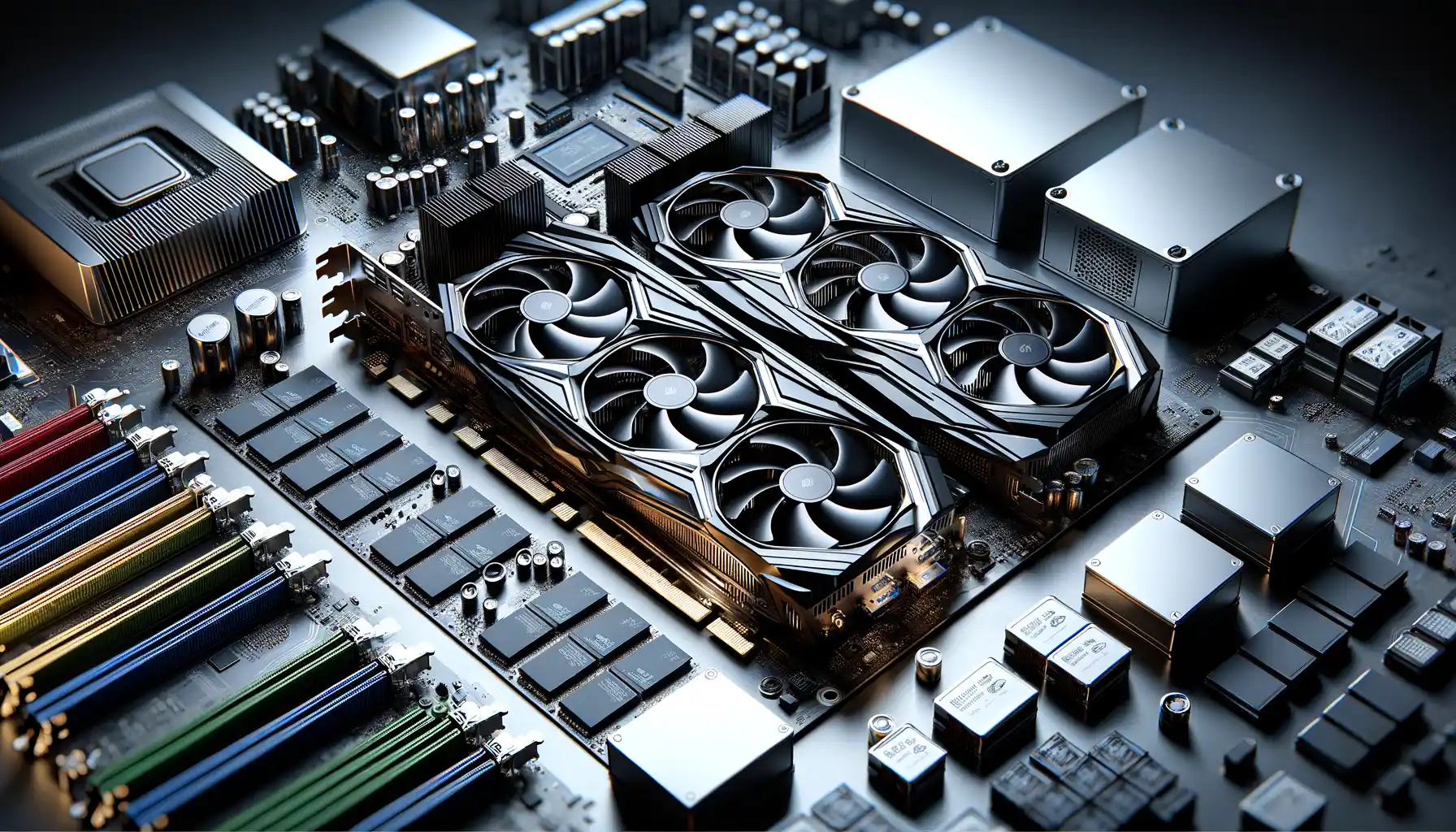
Upgrade Your Graphics Card: The Heart of Stunning Visuals
Let’s be honest—your graphics card (GPU) is the lifeblood of your gaming experience. If your screen stutters while unloading that perfect headshot or lags mid-battle, it’s probably time for an upgrade. A powerful GPU like the NVIDIA RTX 40 Series or AMD Radeon RX 7000 can turn your pixelated nightmares into buttery-smooth dreams. Plus, games loaded with ray tracing and ultra-realistic textures demand horsepower. So, treat yourself—and your PC—to a GPU with enough muscle to handle today’s AAA titles without breaking a sweat.
Here’s a quick pro-tip: Always double-check your monitor’s resolution and refresh rate. Why? If you’re gaming on a 1080p display, there’s no need to splurge on an overpowered card. Match your hardware wisely and unleash its full potential.
Don’t Underestimate the Power of RAM and Storage
It may not sound as sexy as a new GPU, but upgrading your RAM and storage drives can be a game-changer. If you’re rocking less than 16GB of RAM, your PC could be choking when you’re multitasking or playing memory-hungry games like Cyberpunk 2077. A simple bump to 32GB offers some delightful breathing room.
And about storage—ditch those ancient HDDs if you haven’t already! An NVM-e SSD like the Samsung 990 Pro will load your games in seconds instead of minutes. Here’s why every gamer needs an SSD:
- Faster boots: No more staring at loading screens forever.
- Smoother gameplay: Stream assets without hiccups!
- Enhanced durability: They’re built to last through your late-night marathons.
The bottom line? These tweaks don’t just improve performance—they redefine how you experience gaming.
Software Tweaks and Tools for an Optimal Gaming Experience
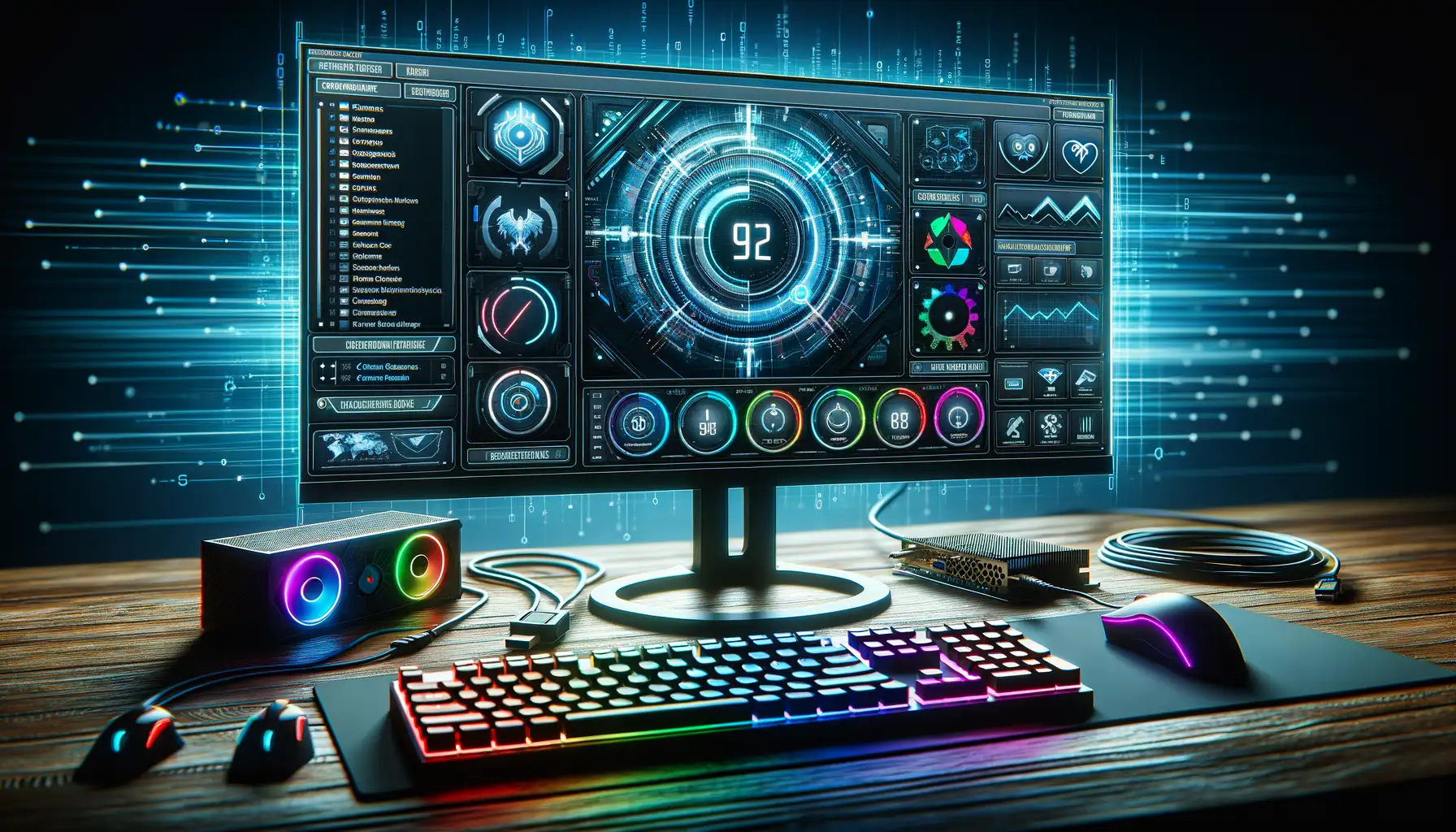
Master Your Settings: The Secret Sauce for Lag-Free Play
When it comes to online gaming, your PC’s software settings are like the behind-the-scenes crew at a stage play—silent but absolutely critical. For starters, let’s talk about system updates. Sure, they can feel like annoying pop-ups that get in the way of your fun, but keeping Windows and your graphics drivers updated isn’t just about security—it’s about squeezing every ounce of power from your hardware. Trust me, that extra FPS (frames per second) is worth the 15-minute restart.
Now, if you’re not already using a gaming-specific performance tool like MSI Afterburner or GeForce Experience, you’re leaving gold on the table. Tools like these tweak GPU performance, optimize game settings based on your hardware, and can even help you keep an eye on system temps mid-match.
- Disable unnecessary startup programs: Keep only the essentials running to maximize available RAM.
- Customize power settings: Switch to high-performance mode to stop your PC from idling when it should be full throttle.
Tinker with these, and watch your gaming experience transform into buttery-smooth perfection.
Game-Specific Performance Hacks You Shouldn’t Ignore
Here’s a secret weapon even seasoned players miss: game optimization software. Programs like Razer Cortex work magic by stopping background processes and freeing up memory when you launch a game. Think of it as your personal backstage crew, ensuring every ounce of PC power is focused on the match.
And don’t forget to take a deep dive into your game settings. Reducing shadows, lowering anti-aliasing, or tweaking resolution might feel like cutting corners, but sometimes sacrificing a bit of visual flair can mean the difference between victory and a stutter-filled defeat.
Common Mistakes to Avoid When Optimizing Your PC
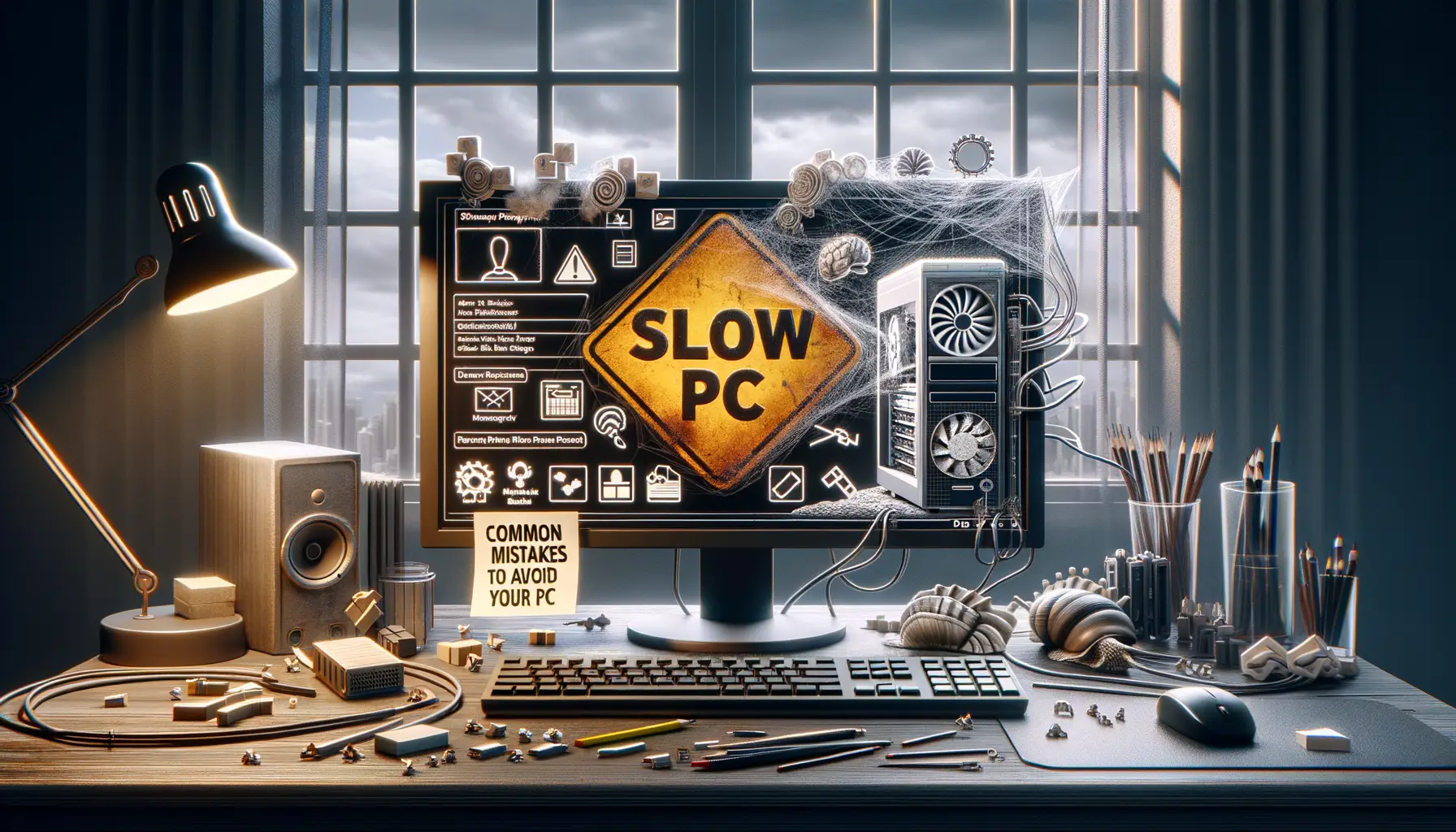
Traps Gamers Fall Into During PC Optimization
Ever tried to squeeze out every bit of performance from your gaming rig, only to feel like it’s running slower than a turtle in molasses? Here’s the thing: optimization isn’t just about clicking “Boost” on some random app. Let’s talk about what NOT to do.
- Neglecting driver updates: Think of drivers as the lifeline between your hardware and software. Forgetting them is like trying to game with one eye closed. Always grab them from official sources—no shady downloads from sketchy sites!
- Overloading with optimization tools: Too many cooks spoil the broth, right? Running five different “PC accelerator” programs can clash and actually hinder performance instead of improving it. Keep it simple.
- Skipping backups before tinkering: Imagine losing all your save files because you tweaked the wrong registry key. Always, always back up your system before diving into advanced settings.
Missteps That Hold Back Gaming Performance
Now, let’s address the elephant in the room: overheating. A common mistake is undervaluing the need for proper cooling. When your PC starts belting out heat like a hair dryer, your FPS will plummet faster than a dropped Wi-Fi connection. Make sure your fans are clean (dust bunnies are not your friends), and consider investing in a solid cooling system.
Finally, don’t underestimate the damage of *running too many background apps*. Spotify, Discord, browsers—you name it. These sneaky resource hogs eat up your RAM like starving hyenas. Hit that Ctrl+Shift+Esc, check your Task Manager, and shut down anything unnecessary while gaming. Your PC will thank you.
